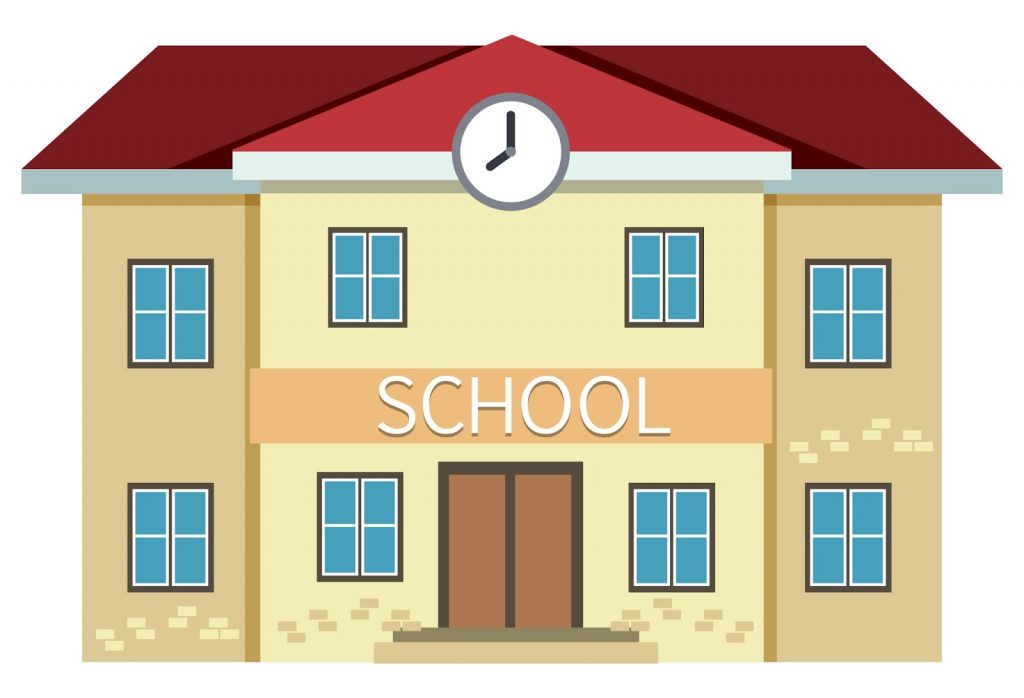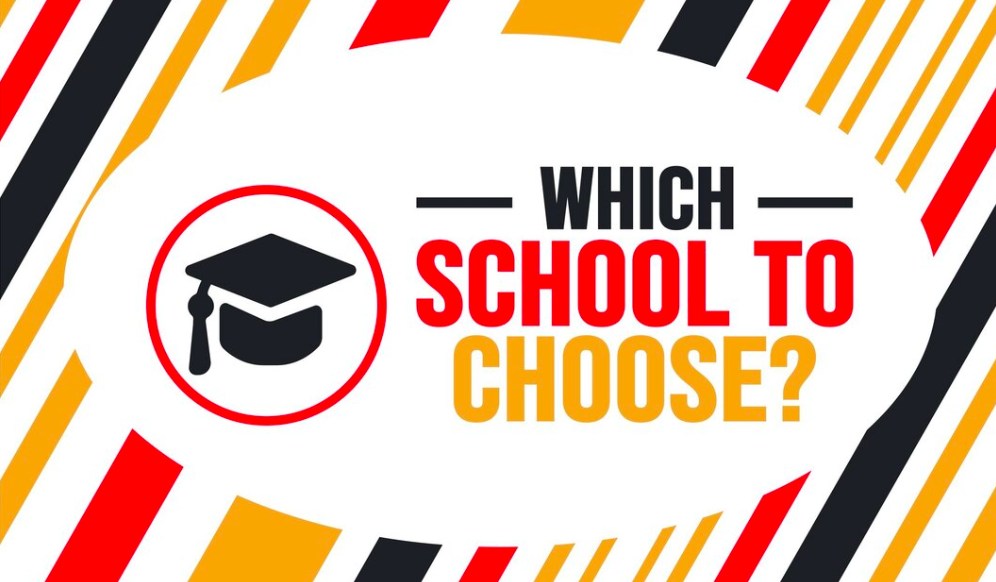Selecting the right school for your child is one of the most important decisions you’ll make as a parent. It sets the foundation for their education, growth, and future success. But with so many options, like public and private schools and homeschooling, what to look for in a school? This blog will explore how to choose the best school for your kid.
Math & ELA | PreK To Grade 5
Kids see fun.
You see real learning outcomes.
Watch your kids fall in love with math & reading through our scientifically designed curriculum.
Parents, try for free Teachers, use for free
We’ll cover essential tips and considerations for selecting schools that align with your child’s needs and aspirations. So, let’s explore the options in detail to ensure your child’s educational path is right.
Looking for a flexible and engaging educational tool for your child?
What are the Types of Schools?

When deciding to select the best school for your child, you’ll encounter a variety of options. Understanding each type of school’s key differences and unique aspects is important. In this section, we’ll delve into two primary categories, public and private schools, as well as homeschooling, that will help you decide how to choose the best school for your kid.
Public School
A public school is a type of school that is funded and run by the government. It’s open to all students in a specific area; parents don’t have to pay directly for their children to attend. Public schools are supported by taxes, which means they are usually more affordable for families.
Pros:
- Public schools are usually more affordable or, in some cases, entirely free.
- They often feature a diverse student population, providing opportunities for children to interact with peers from various backgrounds.
- Public schools adhere to a standardized curriculum, ensuring students receive a consistent educational foundation.
Cons:
- Larger class sizes can mean less individualized attention for each student.
- Standardized testing and curriculum requirements may constrain teaching approaches.
- The quality of public schools can vary significantly from one district to another.
Private Schools
A private school is a school that the government does not fund. Instead, it is funded by the student’s tuition fees and sometimes donations. Private schools have more control over their curriculum and rules because they aren’t governed by the same regulations as public schools. Families need to pay to send their children to private schools, which often have unique teaching methods and philosophies.
Pros:
- Private schools often boast smaller classes, allowing for more personalized attention and tailored instruction.
- They may offer specialized programs and extracurricular activities catering to a child’s interests and talents.
- Private schools typically have better facilities and resources.
Cons:
- The cost of tuition at private schools can be considerably higher than that of public schools, making them less accessible to some families.
- Selective admissions processes mean that not all students may be admitted, potentially limiting diversity.
- The quality and philosophy of education can vary widely among private schools.
Homeschooling

Homeschooling involves parents taking on the responsibility of educating their children at home.
4 Pros of Choosing to Homeschool
This approach offers several advantages, including:
- Customized Learning: Homeschooling allows for a tailored curriculum that meets your child’s unique needs and interests.
- Flexible Schedule: You can create a learning schedule that suits your family’s routine.
- Personalized Attention: With one-on-one teaching, you can address your child’s strengths and areas needing improvement.
- Stronger Family Bonds: Homeschooling often fosters stronger family connections as you spend more time together in the learning process.
3 Cons of Choosing to Homeschool
However, homeschooling also presents its own set of challenges and considerations:
- Time and Effort: Homeschooling demands a significant commitment of time and effort from parents, who serve as educators and caregivers.
- Social Interaction: Homeschooled children may have fewer opportunities to interact with peers, necessitating efforts to seek out social activities.
- Legal Requirements: Homeschooling families must comply with homeschooling laws and regulations in their region, which can vary.
Related Reading: Pros and Cons of Homeschooling a Child
As we move forward in this blog, we will explore in greater detail how to evaluate and choose the best school for your child, whether it’s a public or private school or the path of homeschooling, ensuring you make an informed decision that aligns with your child’s educational needs and your family’s values.
Considering homeschooling? SplashLearn offers a comprehensive curriculum to support your child’s learning at home.
6 Tips to Choose the Best Public and Private School

When deciding how to find the best school for your child, whether it’s a public or private institution, several essential considerations can help you make an informed decision.
1. Consider Location
Choosing a conveniently located school is a critical starting point in your quest for the best educational fit for your child. Proximity matters because a school closer to your home means less commuting time, reducing stress on your child and family. A nearby school also fosters a sense of community and enables easier participation in school-related events and activities.
Factors to Consider:
- Assess the time it takes to commute to and from the school, considering traffic patterns and potential transportation challenges.
- Consider the convenience of the school’s location concerning your daily routine and work commitments.
2. Research the School’s Reputation
Understanding a school’s reputation is a crucial step in the decision-making process.
How to Research:
- Investigate the school’s academic track record, including standardized test scores, graduation rates, and college placement success.
- Consider the breadth and quality of extracurricular programs as they contribute to a well-rounded education.
- Seek input from current and former parents about their experiences with the school, as they can provide valuable insights.
- An in-person visit to the school can provide invaluable firsthand information. Visiting the school allows you to experience its environment and culture personally. You can observe classroom dynamics, teacher-student interactions, and the overall atmosphere. Here is a checklist for the visit:
- Meet with teachers, administrators, and counselors to ask questions and gain insights.
- Take a guided tour of the school to explore classrooms, facilities, and extracurricular spaces.
- If possible, attend a school event or activity to understand the school’s community spirit.
3. Assess the Curriculum
Understanding the school’s curriculum and teaching approach is essential to ensure it aligns with your child’s learning style and educational goals.
Curriculum Evaluation:
- Learn about the school’s educational philosophy and teaching methods to assess their compatibility with your child’s needs.
- Consider whether the curriculum aligns with your child’s learning style and whether they thrive in a structured or more flexible environment.
4. Evaluate Extracurricular Activities
Extracurricular activities are vital to your child’s development beyond the classroom. Extracurricular activities provide opportunities for personal growth, building skills, and discovering passions. A school with diverse extracurricular options can help your child explore their interests.
Assessment:
- Explore the school’s extracurricular programs, including sports, clubs, arts, and community involvement opportunities.
- Ensure a balance between academics and extracurriculars to avoid overburdening your child.
5. Consider Cost and Financial Aid
Financial considerations are significant when choosing a school.
Budgeting:
- Create a realistic budget encompassing tuition fees, transportation, and additional expenses such as uniforms and supplies.
- Consider the long-term affordability of the school and how it fits into your family’s financial plans.
Financial Aid Options:
Research the availability of financial aid, scholarships, and grants, as they can help make private school education more accessible.
6 Tips to Choose the Best Homeschool

When it comes to homeschooling your child, there are several crucial factors to consider in order to provide them with the best educational experience tailored to their needs.
1. Understand Your Child’s Learning Style
Knowing your child’s learning style is vital to tailor their education effectively. Each child has a unique way of absorbing and retaining information.
Tailoring the Approach:
- Determine whether your child is visual, auditory, kinesthetic, or a combination of these.
- Adapt your teaching methods and materials to match your child’s learning style. For example, visual learners may benefit from diagrams and charts, while kinesthetic learners thrive with hands-on activities.
2. Choose a Curriculum
- Explore various homeschooling curricula available, considering factors like your child’s grade level, interests, and your teaching style.
- Utilize both online resources and textbooks to create a well-rounded curriculum. Websites, libraries, and educational supply stores offer a wealth of materials.
3. Create a Structured Learning Environment
Establishing a dedicated learning space at home provides a structured and focused environment for learning. A designated area helps minimize distractions and signals your child that it’s time for schoolwork.
Tips for Routine:
- Create a daily or weekly schedule that includes dedicated learning time and breaks.
- Keep all necessary learning materials, such as books, supplies, and technology, readily accessible in the learning space.
4. Seek Support and Resources
Joining homeschooling communities and networks can provide invaluable support and resources. These communities offer a sense of belonging, opportunities for socialization, and shared experiences.
Online Resources and Support Groups:
- Explore online forums and discussion boards where homeschooling parents share advice, tips, and curriculum recommendations.
- Look for local homeschooling support groups and co-op programs that offer educational activities and field trips.
5. Assess Progress and Adapt
Regularly assess your child’s academic progress to ensure they meet their learning goals. Use various assessment methods like quizzes, projects, and standardized tests to gauge their performance.
6. Legal Requirements
Complying with homeschooling laws ensures that your child’s education is recognized, and you remain in good standing with educational authorities.
Understanding Homeschooling Laws:
- Familiarize yourself with the homeschooling laws and regulations in your region or state.
- Compliance with legal requirements is essential to avoid any complications.
Related Reading: What Is the Cost of Homeschooling? A Comprehensive Guide
Questions to Ask Yourself When Choosing a School for Your Child

5 Questions to Ask Yourself When Choosing Public School and Private School
- What are my child’s specific educational needs and goals?
- Is the school’s location convenient for our family?
- Do we have the financial means to cover the costs, including tuition and other associated fees?
- What is the school’s reputation, particularly regarding academic performance and extracurricular offerings?
- Does the school’s teaching philosophy and curriculum match my child’s learning style and educational goals?
5 Questions to Ask Yourself When Choosing Homeschooling
- Do I understand my child’s learning style and preferences well?
- Am I comfortable selecting or designing a curriculum for my child?
- Do we have a dedicated learning space at home?
- Can I commit the necessary time and effort to homeschool effectively?
- Am I aware of my region’s homeschooling laws and regulations, and am I prepared to comply with them?
Related Reading: How to Homeschool: 15 Strategies for Parents & Kids
Conclusion
In the quest to discover how to choose the best school for your kid, whether it be a traditional institution or the path of homeschooling, one thing becomes abundantly clear—it’s a deeply personal journey. The right educational environment must meet your child’s unique needs, interests, and learning style. It should foster growth, encourage curiosity, and provide the foundation for a bright future.
Remember that choosing the right school shouldn’t necessarily depend on the most prestigious or the closest one; it’s the one that resonates most profoundly with your child’s potential. Whether you opt for public, private, or homeschooling, your commitment to understanding your child’s educational journey and seeking the best resources and environment is what truly matters. Trust your instincts, be diligent in your research on choosing a school for your child, and prioritize your child’s well-being and growth on this educational path.
Related Reading: Homeschool vs Public School: 12 Tips on How to Choose One
Ready to take the next step in your child’s education? Explore SplashLearn’s interactive learning programs.
Frequently Asked Questions (FAQs)
How do I determine my child's learning style?
Observe how your child naturally engages with information. Are they visual, auditory, or kinesthetic learners? Pay attention to their preferences, and adapt your teaching approach accordingly.
Can I homeschool even if I'm not a certified teacher?
Yes, you don’t need to be a certified teacher to homeschool. Many resources, curricula, and support networks are available to guide parents through the homeschooling journey.
What if I'm concerned about socialization for my homeschooled child?
Homeschooled children can engage in social activities through local homeschooling groups, sports, clubs, and community events, ensuring ample opportunities for socialization.
























